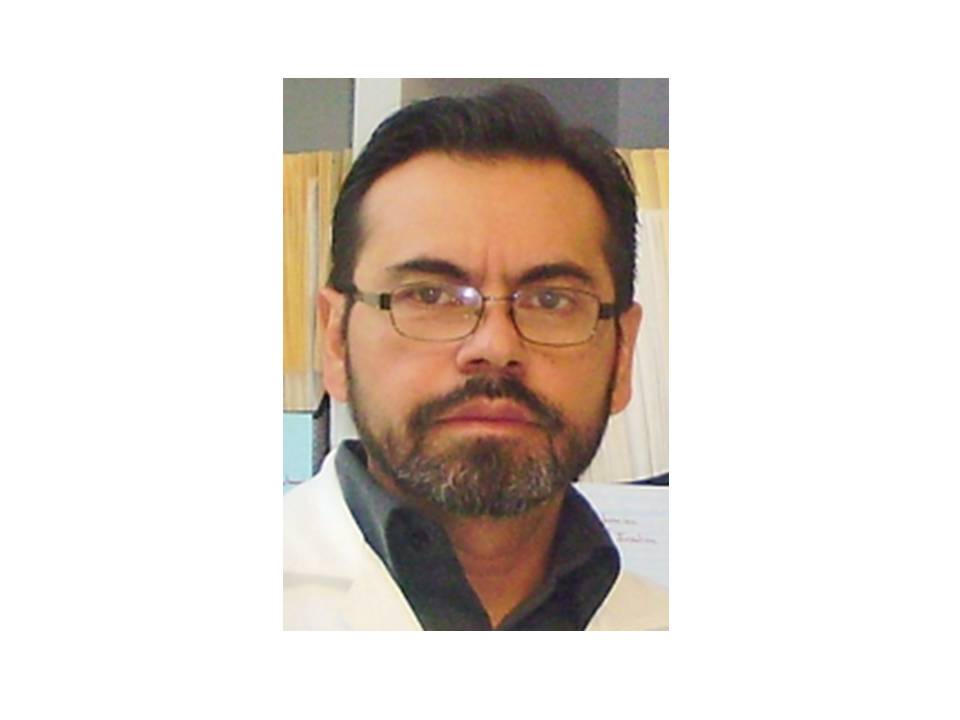
The formation of dityrosine of human insulin oxidized by metal-catalyzed oxidation system (H2O2/Cu) was estimated by fluorescent methods. The oxidation of tyrosine and phenylalanine residues present on the insulin molecule was evident after 2 minutes of in vitro oxidation due to the formation of protein-bound dityrosine. The success of oxidative protein modification was followed until available aromatic residues were consumed (60 minutes), measured by their emission at 405 nm. The structural and chemical changes on insulin molecule are related to the loss of biological activity as assessed by measuring the increase of U-14C-glucose utilization by human adipose tissue in a radiorespirometry system. The oxidation of glucose (14CO2 production) of the adipose cells was increased 35 % (301 +/- 119 to 407 +/- 182 cpm/mg in dry weight. P < 0.05) in presence of 0.1 IU and 69 % (301 +/- 119 to 510 +/- 266 cpm/dry weight. P < 0.05) for 1.0 IU of insulin. The recombinant human insulin oxidized for 5 minutes only increased the glucose oxidation by 25 %. In conclusion, these observations show that dityrosine formation and other oxidative chemical changes of insulin due to its in vitro oxidation decrease and can abolish its biological activity.








